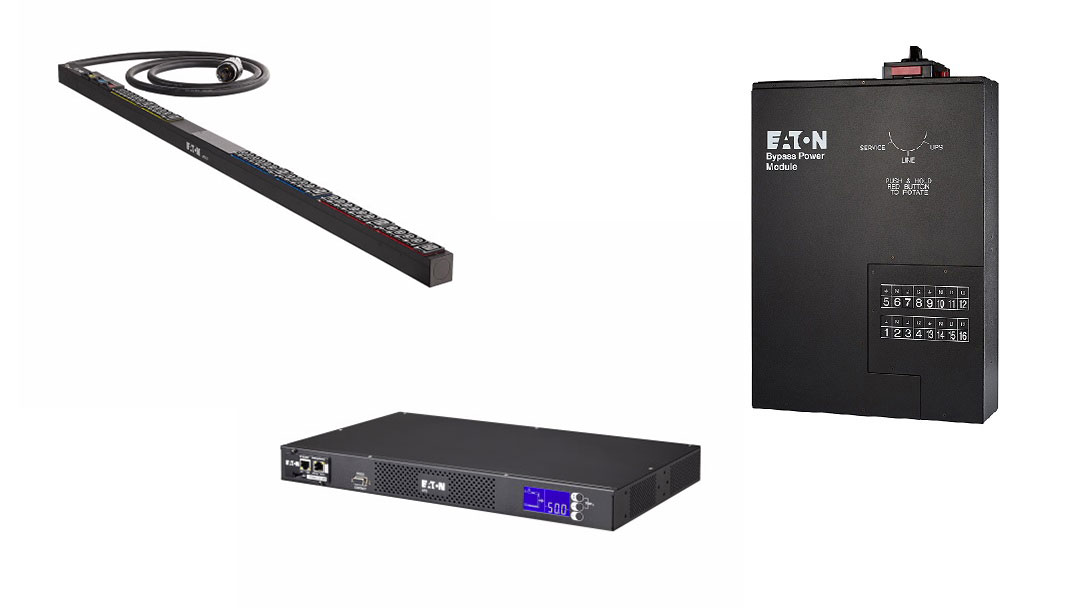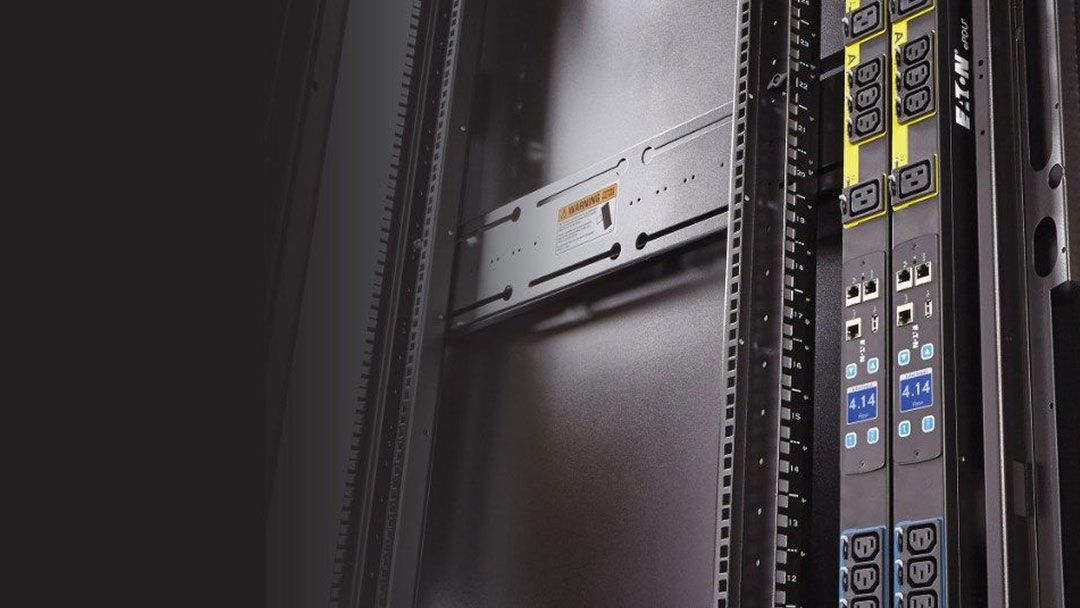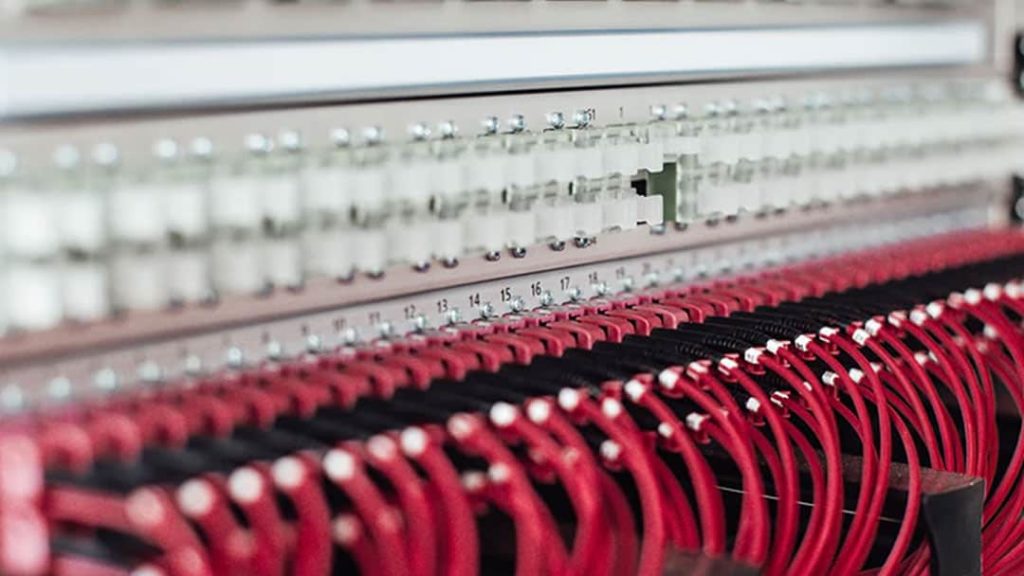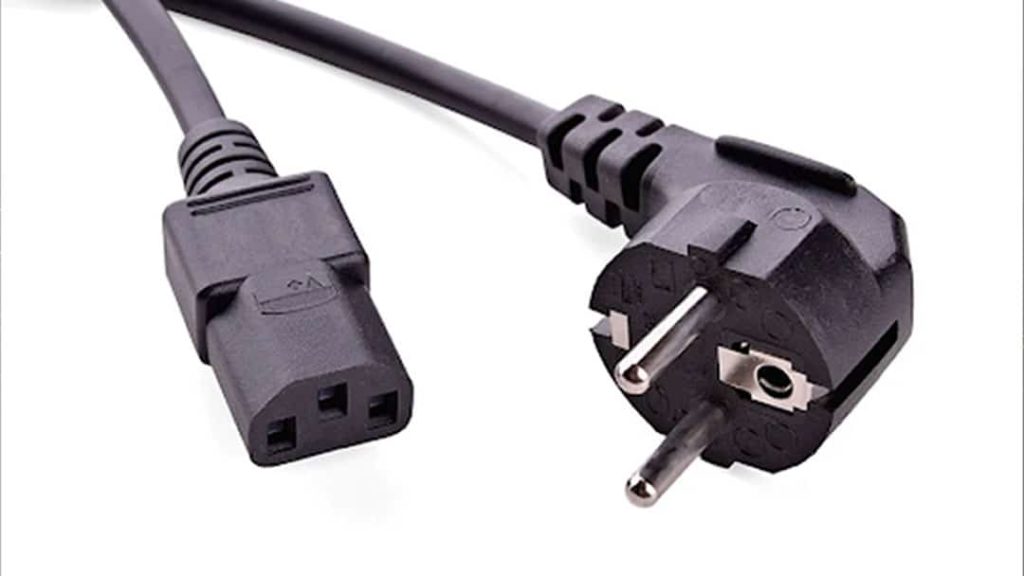As your organization expands, so do your technology requirements. At a certain point, you’ll need more electrical outlets than you currently have to efficiently utilize your facility. While home offices can usually use simple power strips, any scaleable company should know the advantages of using a power distribution unit. This article discusses power distribution basics for business environments to help your business make an informed and confident buying decision.
What Is A Power Distribution Unit (PDU)?
Let’s start with the basics. A power distribution unit, or PDU, distributes continuous network power to multiple devices. A PDU doesn’t condition or generate power but relays AC power from a generator, an uninterruptible power supply (UPS), or utility power source to networking hardware, servers, telecom equipment, and other critical devices.
Related: The Green Data Center: 5 Ways Carbon-Intelligent Computing Is the Future
What A Power Distribution Unit Does
A power distribution unit essentially performs the same task as a power strip, directing current from a single source (such as a wall outlet) to multiple devices, like networking gear, peripherals, and computers. PDUs are engineered for installation in special equipment racks, conveniently keeping power within reach of rack-mounted devices like routers, services, switches, or cooling fans. PDUs are typically employed in data centers, VoIP phone systems, network closets, and industrial environments. Beyond standard power distribution, PDUs offer in-depth power monitoring and management. The most common types of PDUs available include:
- Metered
- Basic
- Switched
- Monitored
- Switched Metered-by-Outlet
- Switched Auto Transfer Switch (ATS)
- Metered Auto Transfer Switch (ATS)
- Maintenance Bypass

PDUs Don’t Necessarily Have Surge Protection.
Rack surge protectors convey power from one source to multiple devices but are not necessarily PDUs. Rack surge protectors are not considered PDUs since they are designed for equipment that needs to be protected against voltage surges and spikes but don’t need battery backup.
Related: Fiber Splicer: Here’s Everything You Need To Know (Plus Which Is the Best One!)
Finding The Right Type Of PDU For You
Below we list some considerations when finding the right power distribution unit for your business:
Where You Want To Install It
PDU models usually come in 1U or 2U heights for horizontal mounting and can also be mounted vertically (0U). Different models can be mounted on a wall, in a rack enclosure, under a shelf, etc. Horizontal PDUs are constructed for mounting in EIA-310 standard 19-inch equipment racks and can be placed below, above, or between the components they power. Vertical PDUs resemble tall power strips, fitting on a rack enclosure’s vertical rails and saving horizontal mounting space.
Looking for efficient technology solutions? Work with C&C Technology Group today!
The Kind Of Input Power You Have
Depending on your building type and location, you may have single-phase or three-phase power. If you’re unsure about your input power type, check with an electrician.
- Single-phase power: The changes between positive and negative voltage occur at a rate of 60 cycles per second (the standard in the U.S). This means the wave has zero voltage every time it switches from positive to negative and back. Most office and household power sources are single-phase.
- Three-phase power: Single-phase power sources have moments of zero voltage, which are eliminated in three-phase power through offsetting three waves simultaneously. Whenever one wave reaches zero voltage in the cycle, two others are at positive and negative points. Three-phase power often happens in industrial and commercial environments. Although most offices boast single-phase power, you should always check before buying any new equipment.
How Much Power Your Equipment Needs
Your power source- local power from a generator, utility power from a service panel, or backup power from a UPS- should be higher than the amount of energy consumed by all your devices. Many devices have automatic switching power supplies that can pair with voltages from 120 to 140. If your power source is 120V (the North American standard), calculate your power supply needs based on that figure. If it’s 200V/230V (typical for Asia and Europe), use the higher number.
Use the figure listed on the device or user manual to calculate the input amperage. A PDU connected to a UPS is adequate for the power needs of a smaller network. Larger and more complex installations may require a large-capacity UPS system and multiple PDUs.

Number Of Outlets For Your Devices
This may be the most straightforward question to answer- the power distribution unit you choose needs to have at least as many outlets as the number of plugs you need to connect. Adjust your count accordingly if a device features more than one plug or if one device needs to be plugged into another one. Remember to have leeway for additional devices like cooling fans or lights.
The Types Of Plugs Your Devices Have
Each PDU can support multiple devices. The shape of the plug pairs with the necessary amperage and voltage. You need a PDU that matches the different plug types you use.
What Other Features Do I need?
A basic PDU relays electricity from a single power source to multiple devices, simplifying rack equipment management. However, advanced PDU models can do much more than that, with features like protection against downtime, the ability to measure demand, and remote control software. Here are some PDU types and advanced features you may want:
- Basic PDU: A Basic power distribution unit delivers unfiltered AC power to various connected devices from a generator, UPS system, or utility source.
- Metered PDU: This PDU relays network-grade power and regulates load in amps to avoid overloads and optimize user load levels.
- Monitored PDU: A monitored conveys network-grade power and helps users avoid downtime from power events like overloads. It features a digital meter display to support local management and remote monitoring via an SNMP network interface.
- Switched PDU: A Switched PDU conveys network-grade power, allowing users to individually or collectively control outlets. A digital meter supports local control through information on voltage and load, and an SNMP connect offers remote control and monitoring.
- Switched Metered-by-Outlet PDU: This integrates network-grade power distribution features with a detailed level of remote and local outlet-level control and monitoring.
Related: Here Are the Top 5 Reasons Enterprises Are Adopting SD-WAN
Optimize Your Business Technology Infrastructure With C&C Tech Group
PDUs are an invaluable tool for any scalable business or office environment. Understanding how power distribution units work and what features you may need can prevent future mishaps and streamline operations. C&C Technology Group is a top technology advisory agency in the Northeast. Work with C&C Technology Group to optimize your business technology today!
Looking for efficient technology solutions? Work with C&C Technology Group today!
Last Updated on August 2, 2022 by Josh Mahan




